Are succulents edible? Some of them are! When you look at succulents, eating them is probably not what you think about. Not only are some succulents edible and used in culinary dishes, did you know that Tequila is made from Blue Agave?
Agave tequilana ‘Weber Azul’, that is native to the states of Jalisco, Colima, Nayarit and Aguascalientes in Mexico is used to make Tequila.
Edible Succulents:
- Optunia
- Saguaro
- Stonecrops
- Salicornia – Sea Beans
- Hylocereus undatus – Dragon Fruit
- Aloe
- Ferocactus – Barrel Cactus
- Banana Yucca
- Purslane
1. Optunia
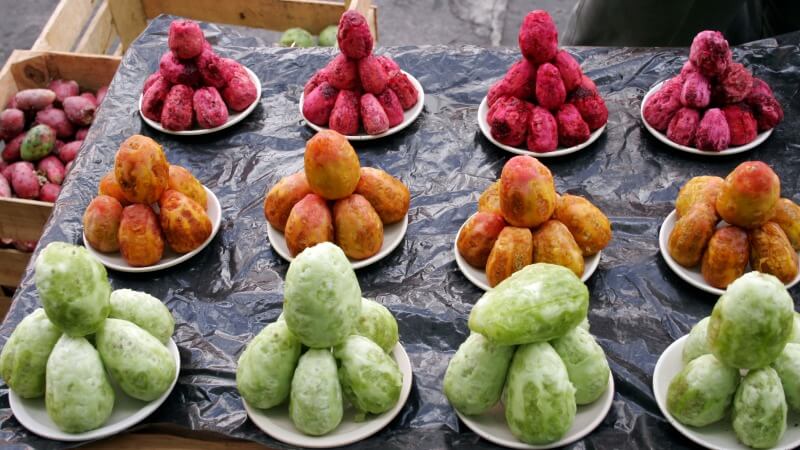
Optunia pads can be harvested and prepped by using tongs to secure the pad and then using a knife to scrape off the spines. Most people peel off the skin. Optunia is perfect to use for Ensalada De Nopales.
Optunia pads can also be purchased prepared in some grocery stores. Check out some care tips in case you want to grow your own Optunia.
2. Saguaro
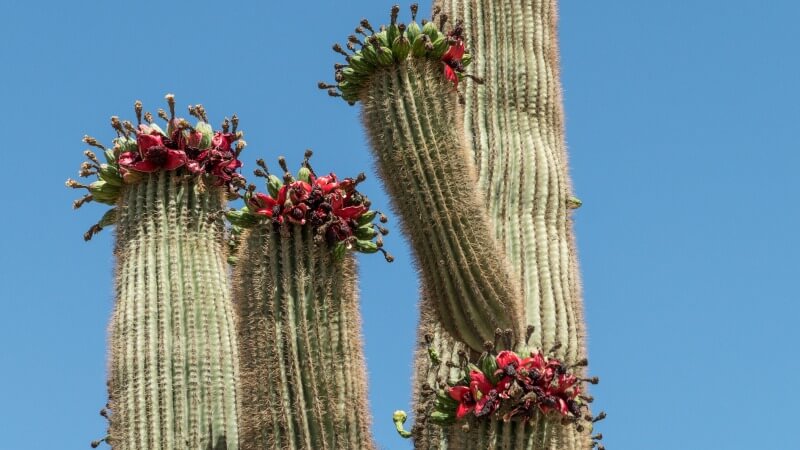
Saguaro has night-blooming white flowers that when pollinated produce Pink to Bright Red fruit. The fruit has red, sweet pulp and black seeds. The fruit of the Saguaro can be made into syrup, wine and jams.
Make a Fruit Smoothie or a Cheese cake with the fruit, with a recipe from Native Seeds.
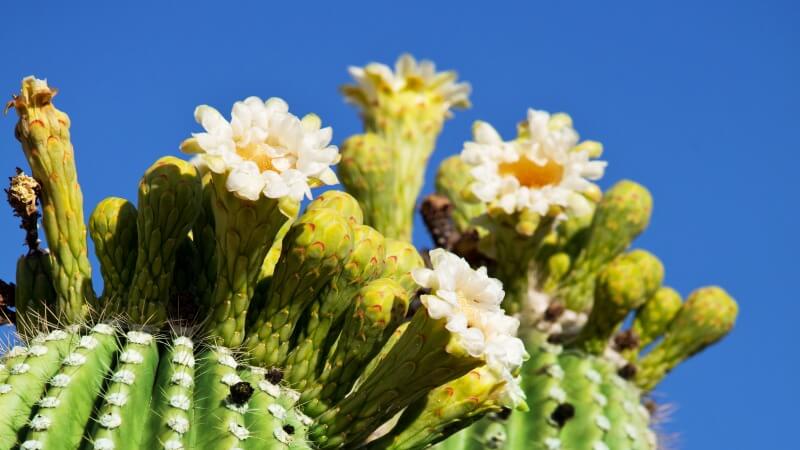
Fun Fact: Saguaro flowers bloom for less than 24 hours.
3. Sedum – Stonecrops
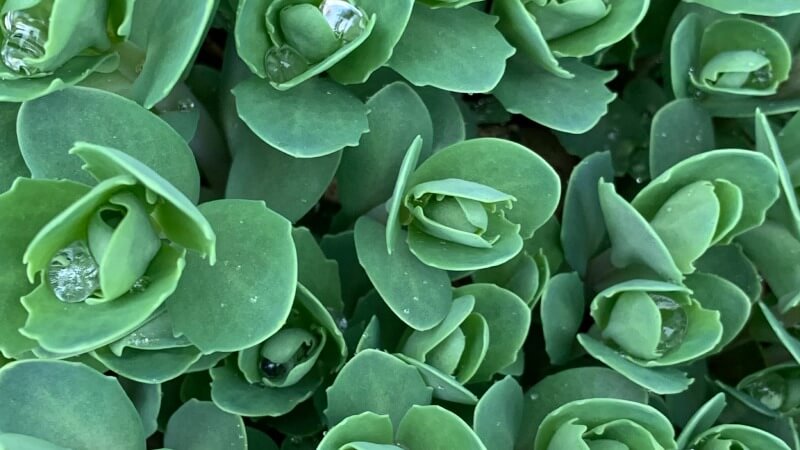
Stonecrops are usually eaten raw when young and tender. Stonecrops are cooked as they age to remove any bitterness. Caution with eating large amounts as they can cause an upset stomach.
Many recipes feature them in soups, stir fry and in salads. Most varieties are edible.
4. Salicornia – Sea Beans
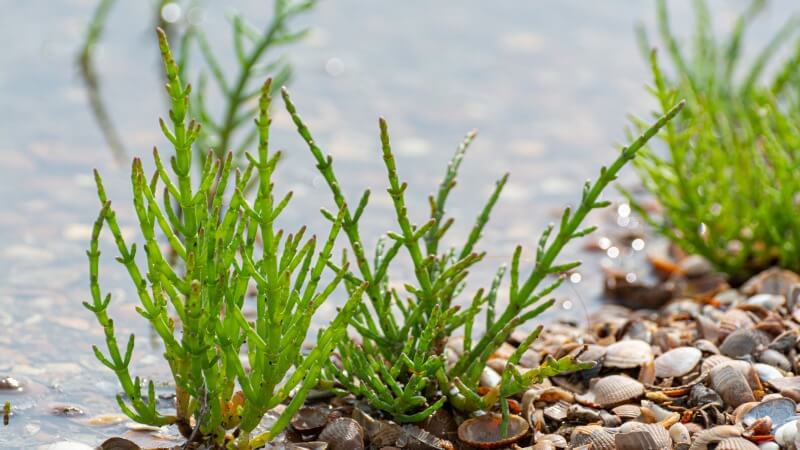
Salicornia grows on sandy beaches, salt marshes, and mangroves. The name Salicornia originated from the Latin word meaning ‘Salt’. Salicornia has been eaten by most indigenous people around the world.
Salicornia is harvested when young and tender. It can be eaten both raw and cooked. For salads and eating raw, the youngest parts are the best, since they tend to get woody as it ages.
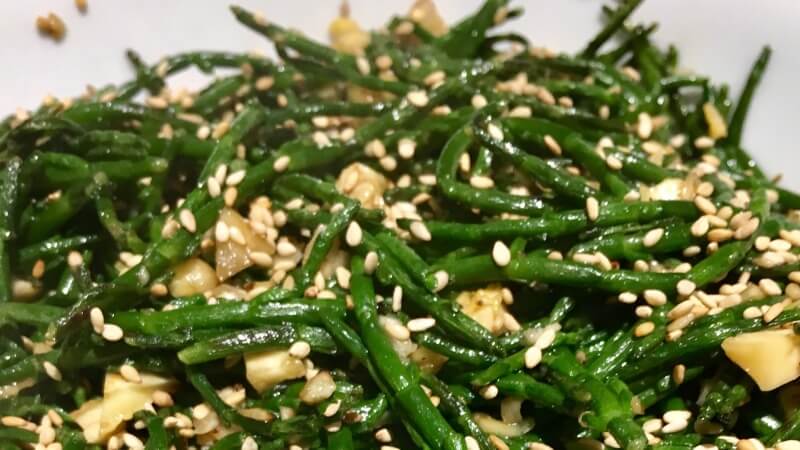
There are a wide range of recipes featuring Salicornia, like this recipe for Salicornia Tempura. This edible succulent has been gaining popularity for some time now, so you will find a larger number of recipes compared to other edible succulents.
Fun Fact: Saloni Salt is derived from Salicornia Brachaita.
5. Dragon Fruit – Pitahaya
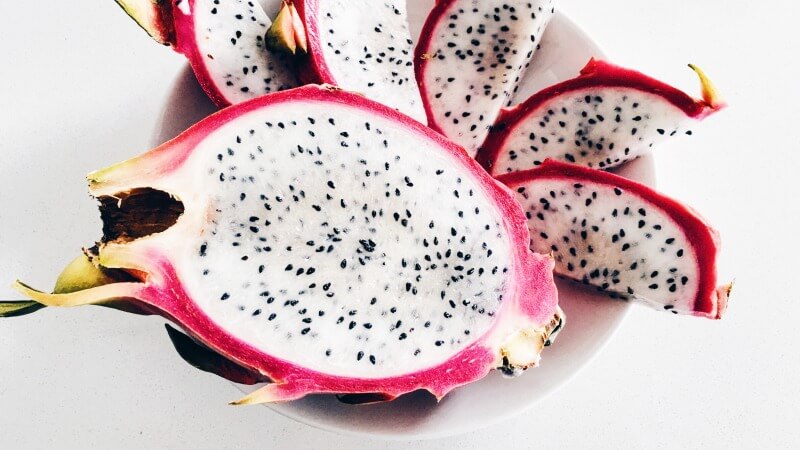
Did you know Dragon Fruit came from a cactus? It is the fruit of a variety of different cactus species. It is the fruit of the genus Hylocereus.
Sweet dragon fruit has three types:
- Hylocereus undatus – Pink skin with white flesh – associated with Dragon Fruit.
- Hylocereus costaricensis – Red skin with red flesh.
- Hylocereus megalanthus – Yellow skin with white flesh.
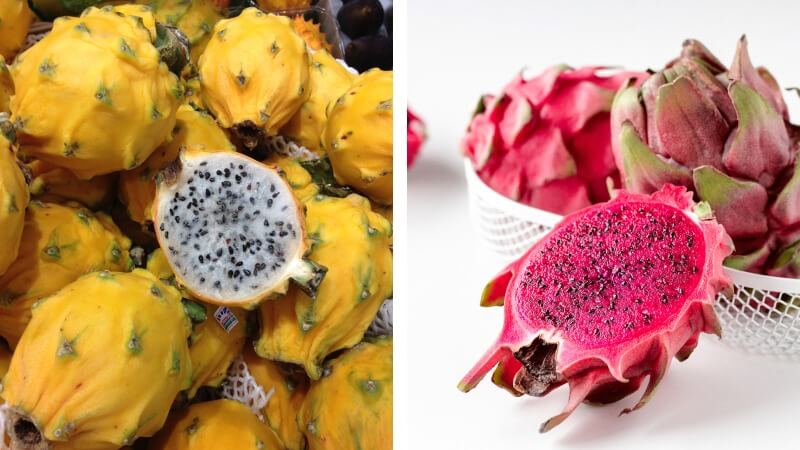
You can eat dragon fruit in smoothies, salsas, breakfast bowls, the ideas are endless for eating dragon fruit.
6. Aloe
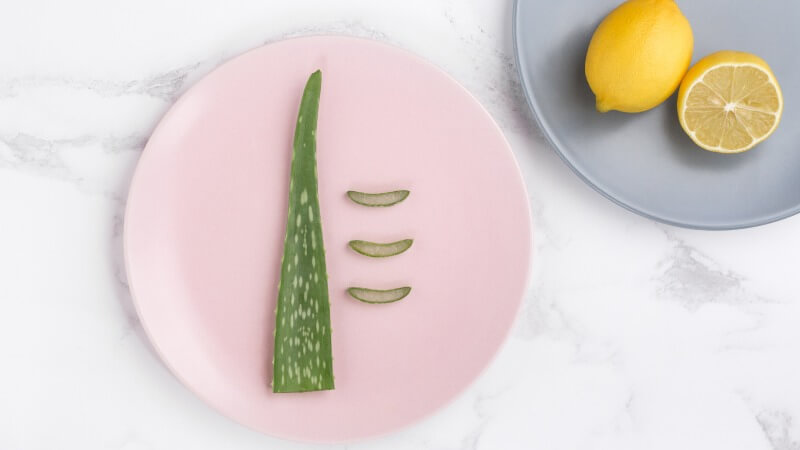
When most people think of Aloe, they think of it’s many benefits for skin and hair. Edible Aloe Vera is referring to Aloe vera barbadensis. Aloe contains many beneficial vitamins, minerals, amino acids, and enzymes.
To eat Aloe, peel away the outer skin and use the translucent insides in your recipes. Many people use this edible succulent make smoothies, add it into salads and even yogurt.
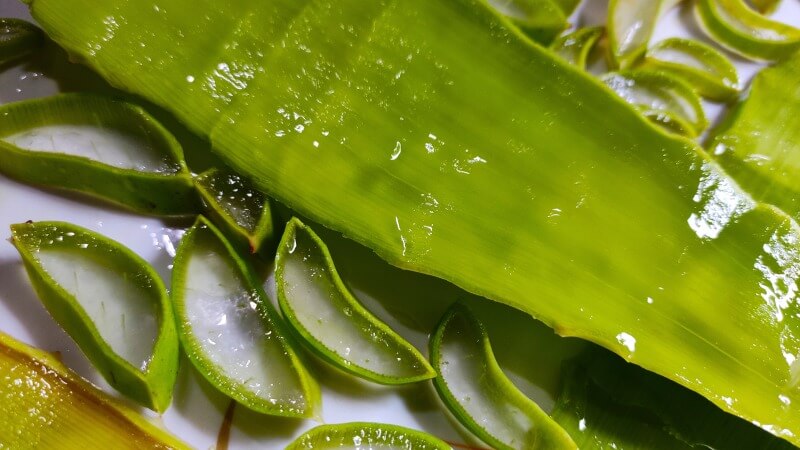
7. Ferocactus – Barrel Cactus
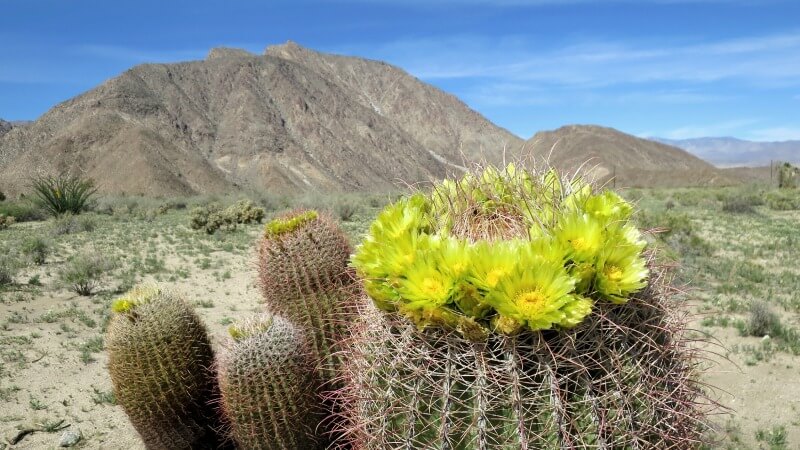
The fruit of the barrel cactus is forageable year-round but it is best in the summer and fall. The fruit is yellow in color and resembles tiny pineapples. Barrel cactus is rich in Vitamin A and C.
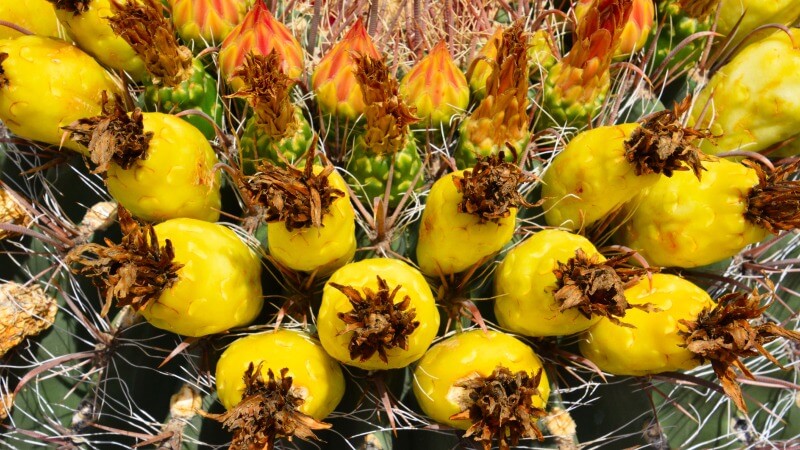
The fruit can be used in stews, soups, salads, and jams. The seeds of the barrel cactus can be toasted and then ground into a flour.
8. Banana Yucca – Yucca baccata
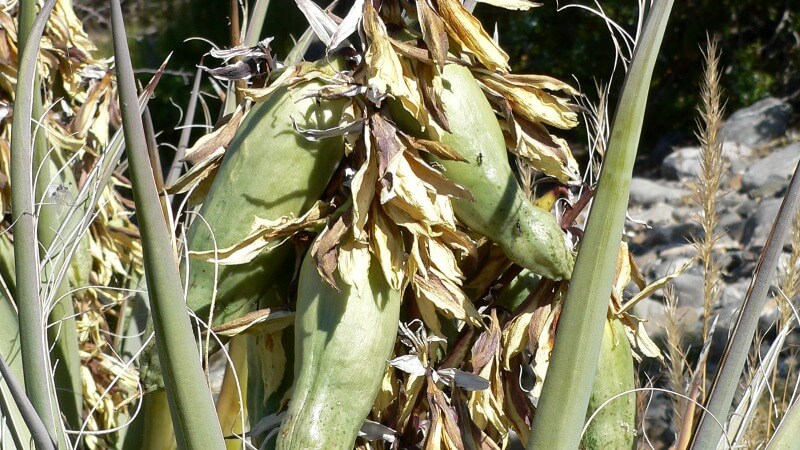
There are about 40 yucca species, and most of them have fruits that are hard and dry. However, the fruit of the Banana Yucca is fleshy and succulent. They look like short, wide bananas. The fruits are usually harvested before they mature and are ripened off the plant.
The fruit can be roasted, which brings out the sweetness. The pulp can be used in flat cakes and pureed into an applesauce type dish.
9. Purslane
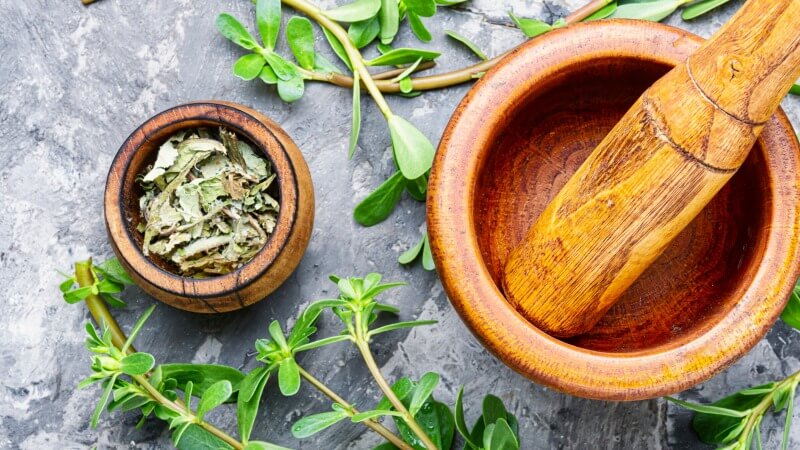
Common Purslane has been grown as food and for medicinal purposes for more than 4,000 years. It is green, leafy and can be eaten raw or cooked. It contains many nutrients, including Vitamin A, Vitamin C, Magnesium, Potassium, Iron, and Omega-3 fatty acids.
It has a slight tart and salty taste and is used in the same way as other greens, such as spinach and lettuce. It can be used in salads, soups, smoothies, sautéed, steamed and fried. It is especially tasty in Verdolaga.
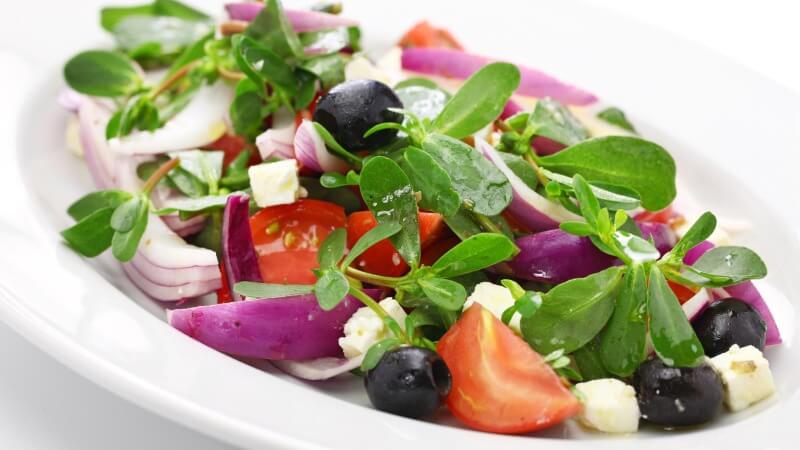
Similar Topics in: Succulents, Cactaceae, Succulent Trends
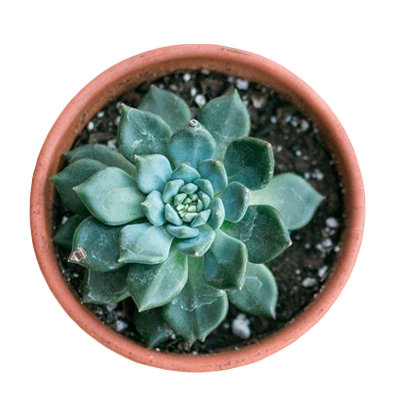
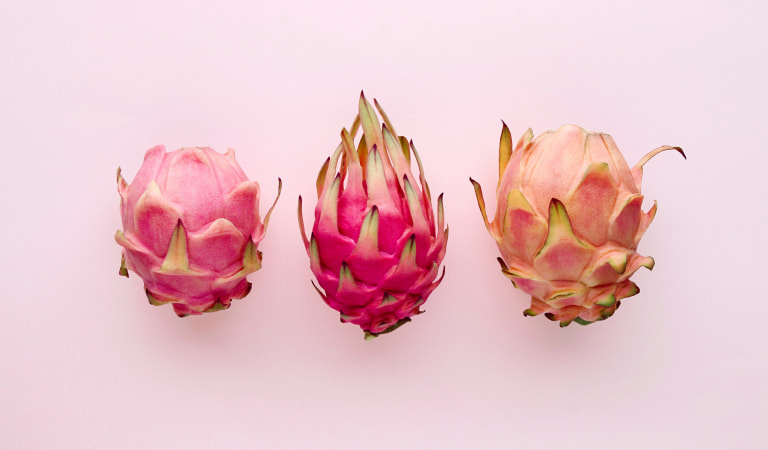
Leave a Reply